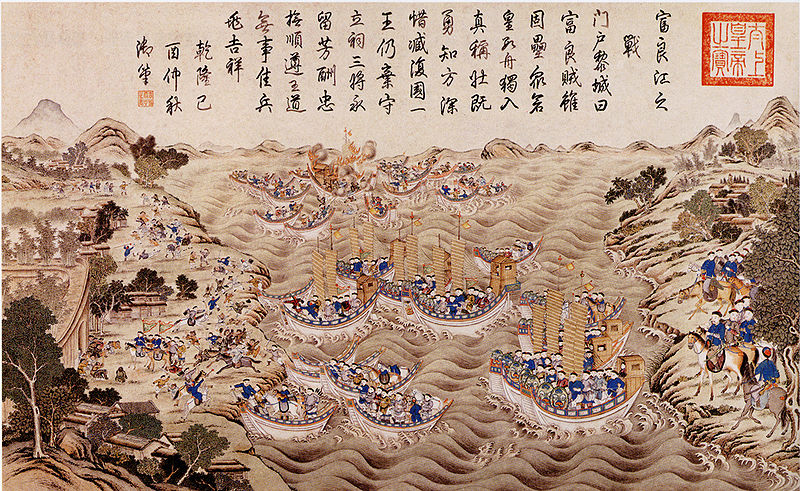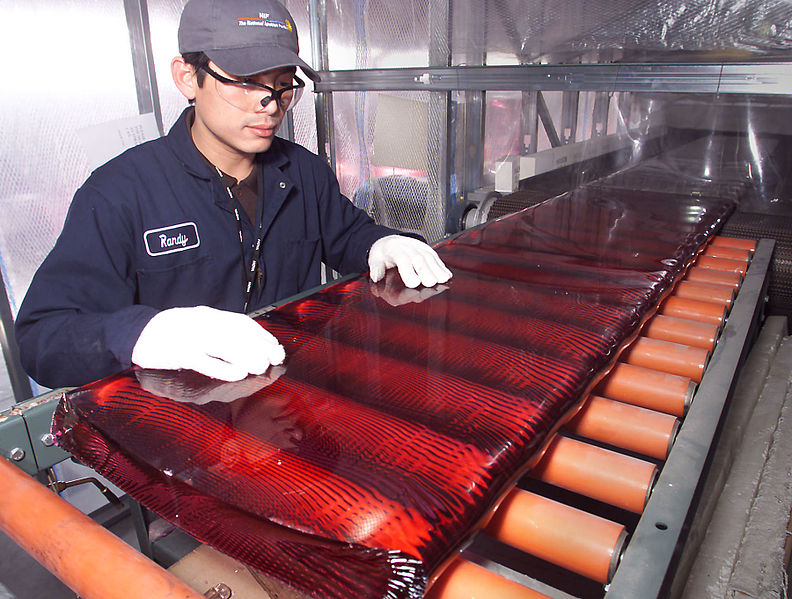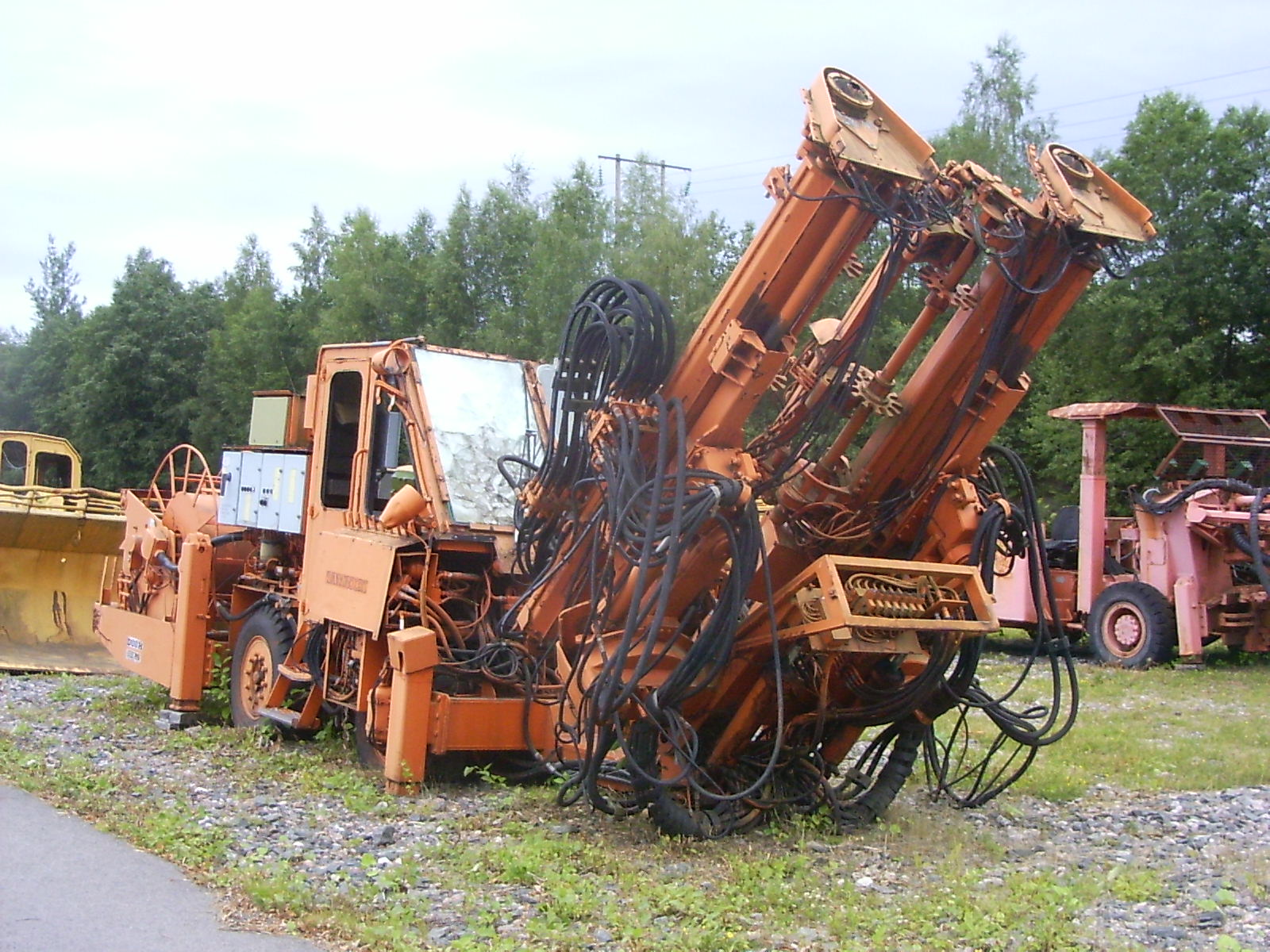During the early part of the 1400s, Eighty-Seven years before Columbus New World the largest Bluewater fleet in the world belonged to China East Africa , and there are many rumors that he also discovered the Americas South America at Cape Horn .
 |
| Chinese Junks fighting in Viet Nam |
Some of these ships were huge carrying as many as nine masts and weighing more than 1500 tons. The ships were also capable of carrying more than 1000 passengers. This all came to an end around 1433 when at the whim of the Chinese Emperor the entire fleet was put to the torch ending China China
In the latter part of the 20th century China had a virtual stranglehold on the supply of rare earth metals (REMs) because of large deposits present in southern China in clay. The Chinese even perfected the extraction of REMs from this clay becoming the largest producers of REMs in the world. According to one of the prime ministers of China China
 |
| This is a slab of laser glass containing REMs for use at the National Ignition Facility |
Since REMs are so essential to the technology of the 21st century virtually the entire mining community of the world went on a search for new sources of these metals. This should have given the Chinese leadership some food for thought had they listened to their scientists instead of listening to their ideology. Instead of being rare in the Earth's crust REMs are fairly abundant some of these metals are actually more abundant than copper.
The scientists of the Western world used their knowledge for not only finding new sources of REMs, they have also developed new ways of making things like rare earth magnets that either use less REMs or have replaced them using other metals. These actions have reduced the demand for REMs from China




